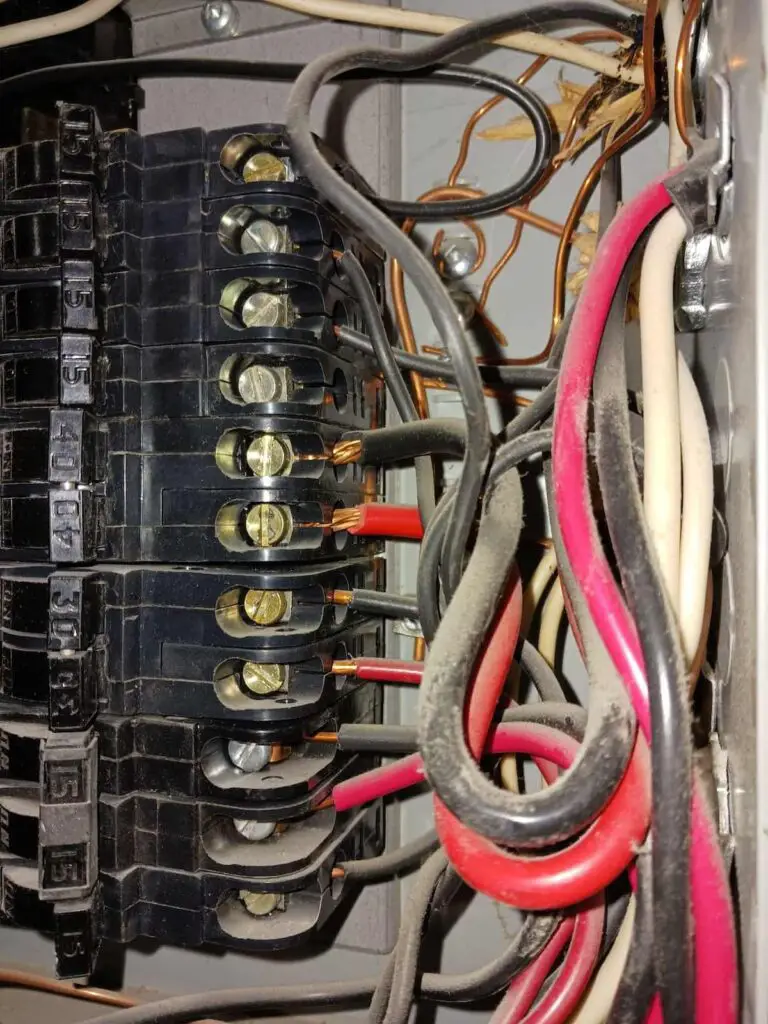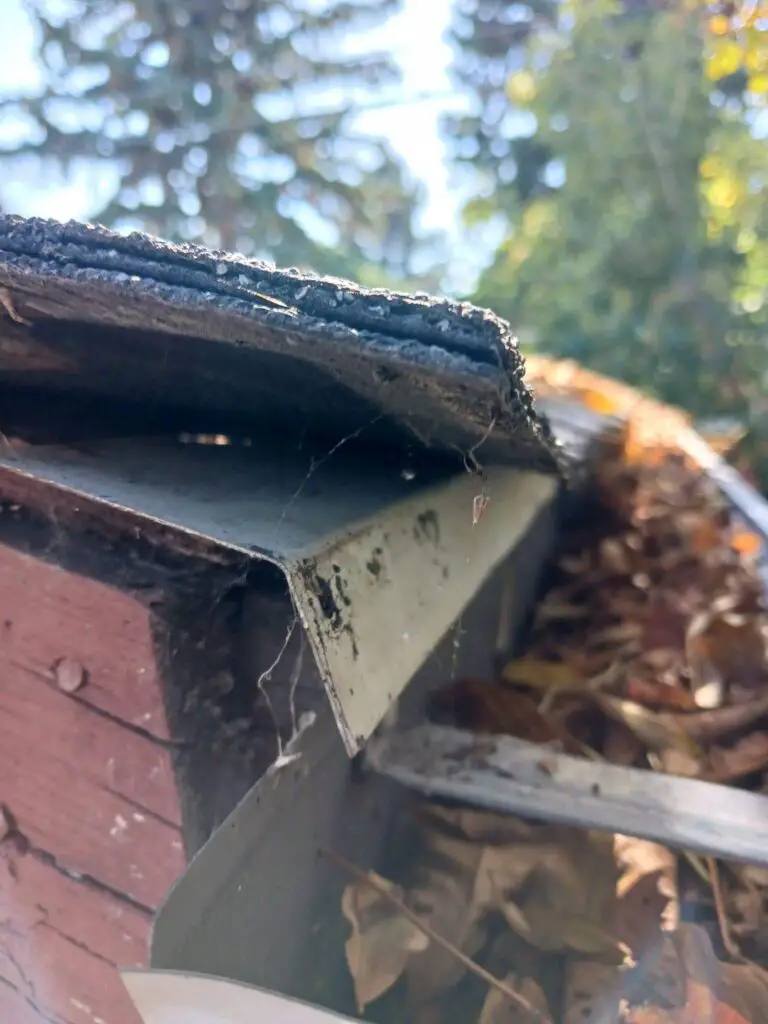The dedication to enhancing one’s living space not only adds value to the home but also brings a sense of accomplishment. However, equally as common are instances where well-intentioned DIY projects have fallen short, sometimes affecting the home’s safety, functionality, and even its market value. If there’s anyone who has had the privilege of witnessing both the incredible transformations homeowners can achieve, and their pitfalls through DIY efforts, it’s home inspectors. Given their insights, let’s explore common areas where DIYers might find themselves out of their depth and how to recognize when it’s time to call in professional contractors.
Common DIY Pitfalls
1. Electrical Work: Many homeowners attempt electrical modifications or repairs, ranging from installing new outlets to rewiring rooms. While minor projects can be within a DIYer’s reach, more complex electrical work requires the expertise of a licensed electrician to ensure safety and compliance with local codes.
Example: A homeowner attempting to add recessed lighting in their living room neglects to secure the wiring properly or fails to install a new circuit to handle the increased load. This oversight could lead to circuit overloads, increasing the risk of electrical fires.

2. Plumbing Updates: Plumbing projects can quickly become complicated, especially when they involve moving pipes or extensive plumbing repairs. Mistakes in DIY plumbing can lead to leaks, water damage, and costly repairs down the line.
Example: In an effort to install a new shower, a homeowner accidentally reverses the hot and cold water supply lines due to a misunderstanding of plumbing basics. This not only requires rework but could also result in unexpected cold showers or scalding risks.
3. Structural Changes: Removing walls or altering the structure of a home is a common ambition among DIY enthusiasts aiming to open up spaces. However, without a thorough understanding of load-bearing walls and proper support, these projects can compromise the home’s structural integrity.
Example: Eager to create an open-concept kitchen, a homeowner removes a wall without realizing it’s load-bearing. The removal compromises the structural integrity of the home, leading to sagging ceilings or, in severe cases, partial collapse, necessitating expensive corrective measures.
4. Roof Repairs: The roof is critical to protecting the home from the elements. DIY roof repairs or replacements carry risks of improper installation, which can lead to leaks, damage, and the need for premature replacement.
Example: A DIY enthusiast decides to replace old shingles but fails to install a new underlayment or properly overlap the shingles, leaving the roof vulnerable to water intrusion. The resulting leaks can cause significant damage to the home’s interior and require professional repairs to address mold and structural damage.

Encouraging DIY While Acknowledging Limits
DIY home improvements can be incredibly rewarding and cost-effective for tasks like painting, minor landscaping, or simple carpentry. These projects can significantly enhance your home’s aesthetics and functionality while offering a learning experience and personal satisfaction. Plus, with today’s home builders there’s an increasing desire to achieve more of that custom home feel. However, recognizing the limits of your skills and the complexity of certain tasks is crucial for the safety and well-being of your home and family.
When to Call in the Professionals
Identifying when a project exceeds your DIY capabilities is key to maintaining your home’s value and ensuring safety. Complex projects requiring specialized knowledge, tools, or permits are best left to professionals. If you’re unsure about a project, consulting with a contractor can provide clarity on what’s within your reach and what’s not.
The Role of a Quality Home Inspector
A thorough home inspection can uncover defects and areas where DIY projects might have missed the mark. As home inspectors, the goal is not only to identify these issues but also to recommend appropriate professional contractors for remedial work. This guidance helps homeowners understand the scope of necessary repairs and gauge whether their skills match the task at hand. However, be sure the inspector you call in is a professional and that they are certified through a reputable organization such as the International Association of Certified Home Inspectors ®.
Maximizing the Benefits of the Inspection Report
A quality home inspection report is a powerful tool in the homeowner’s arsenal, offering far more than a simple checklist of issues. It provides a detailed analysis of the home’s condition, highlighting areas that may have been overlooked or underestimated in DIY projects. Here’s how the inspection report maximizes benefits for the homeowner:
Comprehensive Overview: The report offers a comprehensive overview of the home’s systems and structures, from the foundation to the roof. It details the condition of electrical, plumbing, HVAC systems, and more, providing a full picture of the home’s health.
Identification of Defects:
- Benefit: Each defect identified in the report is described in detail, including its location, the nature of the problem, and the potential implications if left unaddressed. This thorough documentation helps homeowners understand the severity and urgency of each issue.
- Example: If the inspection reveals improper electrical wiring in a renovated basement, the report will detail the specific faults, such as incorrect wire gauge usage or lack of GFCI outlets, explaining the risks of overheating or electrical shock.
Guidance on Professional Contractors:
- Benefit: Beyond identifying defects, a quality home inspector can guide homeowners toward the appropriate type of contractor for each specific task. This guidance is invaluable, ensuring that repairs are conducted by specialists who are best suited to address the identified issues effectively and safely.
- Example: For the aforementioned electrical issues, the inspector would recommend a licensed electrician rather than a general contractor, underscoring the need for specialized expertise to correct the wiring safely according to code.
Educational Insight: The report serves as an educational tool, offering homeowners insight into their property’s intricacies. This knowledge empowers homeowners to make informed decisions about maintenance, improvements, and when to seek professional help.
Prioritization of Repairs: By highlighting which defects are safety hazards, which are urgent maintenance issues, and which are cosmetic, the report helps homeowners prioritize repairs. This prioritization ensures that critical problems are addressed first, safeguarding the home’s integrity and the occupants’ safety.
Balancing DIY Ambition with Professional Expertise
While the DIY route offers many benefits, understanding when to seek professional help is essential for maintaining the safety, functionality, and value of your home. A quality home inspection can play a pivotal role in this process, providing a detailed assessment of your home’s condition and guiding you towards the right decisions for both DIY projects and professional repairs. Remember, the goal is to enhance your home effectively and safely, ensuring it remains a source of pride and joy for years to come.
Are you planning a DIY project but unsure about its scope? Or have you completed a project and wish to ensure everything is up to par? Enlisting the home inspection services of a trusted company can provide peace of mind, highlight areas needing attention, or connect you with the right professionals for any work beyond your capabilities.




